Asia’s financial sector is quietly rewriting the crypto playbook. In a bold move signaling confidence in digital assets, China Renaissance—one of Asia’s leading investment banks—revealed a $72 million exposure to Binance Coin (BNB) through its new digital treasury division. The strategic allocation underscores a regional shift: while Western institutions retreat amid regulatory headwinds, Asia’s financial giants are embracing tokenized infrastructure as a long-term asset class.
China Renaissance Bets Big on BNB
In regulatory filings released this week, China Renaissance Digital Treasury disclosed that nearly 9% of its alternative asset portfolio is now held in BNB, ETH, and SOL. The BNB allocation alone exceeds $72 million, marking one of the first confirmed cases of a major Asian financial institution directly holding exchange-native tokens on its balance sheet.
BNB reacted modestly to the news, climbing 2.8% to $620, extending a 12% monthly gain. Analysts note the market’s measured response reflects consolidation across digital assets, as Bitcoin continues trading near $61,000. Yet the significance of this disclosure goes beyond price—it represents institutional confidence in utility-driven crypto ecosystems.
Asia’s New Crypto Strategy: Regulated but Proactive
Analysts see China Renaissance’s move as part of a broader pivot in Asia’s crypto finance landscape. “This is not speculation—it’s structured exposure,” said Kenji Ito, head of digital asset strategy at Nomura. “Institutions in Asia are shifting from passive observation to strategic participation, treating tokens like infrastructure equity rather than short-term trades.”
The strategy aligns with Hong Kong’s regulatory reforms, which now allow licensed asset managers to hold crypto under specified conditions. Meanwhile, Singapore continues to refine its frameworks for tokenized funds and cross-border settlements—paving the way for regulated digital asset treasuries.
East-West Divergence in Crypto Policy
While the U.S. SEC intensifies enforcement and Europe tightens MiCA compliance, Asian regulators appear focused on integrating blockchain into capital markets rather than suppressing it. This divergence could gradually reposition Asia as the global hub of tokenized finance, shifting liquidity flows toward the East in the next market cycle.
Forward View: The Rise of Treasury Tokenization
China Renaissance’s BNB exposure may be a catalyst for other regional financial players—from Korean brokerages to Singaporean family offices—to diversify into yield-bearing or utility-driven tokens. If this institutional momentum continues, BNB and similar assets could emerge as the backbone of Asia’s digital finance economy.
For now, China Renaissance has drawn a clear line in the sand: Asia’s financial elite are no longer watching the crypto revolution from the sidelines—they’re capitalizing on it.

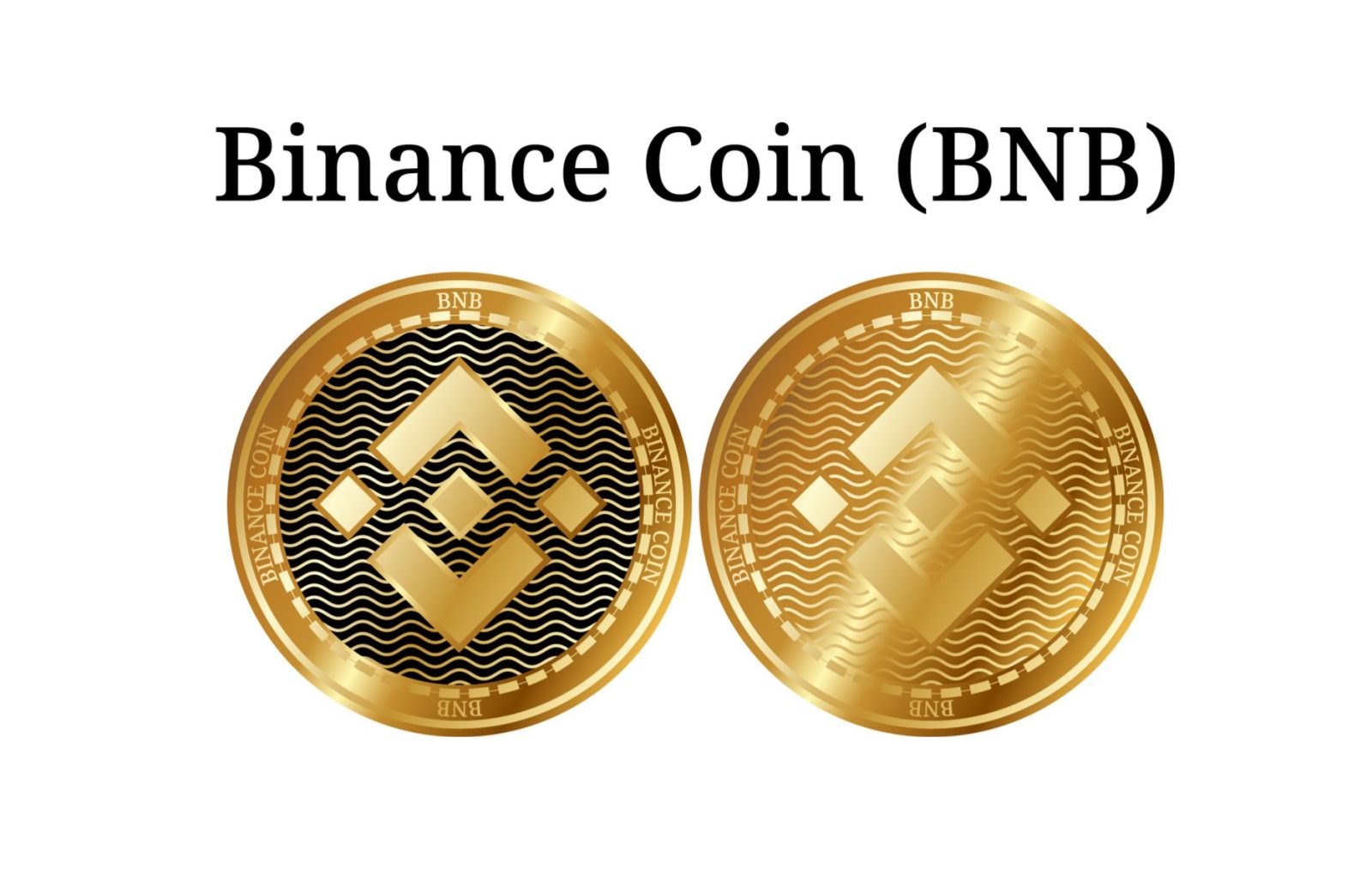


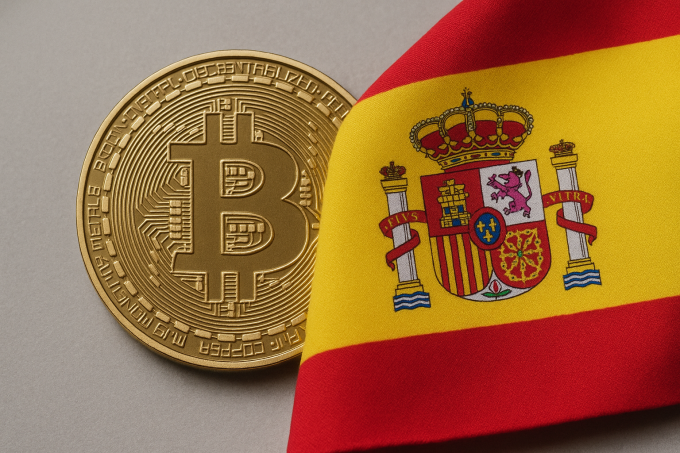
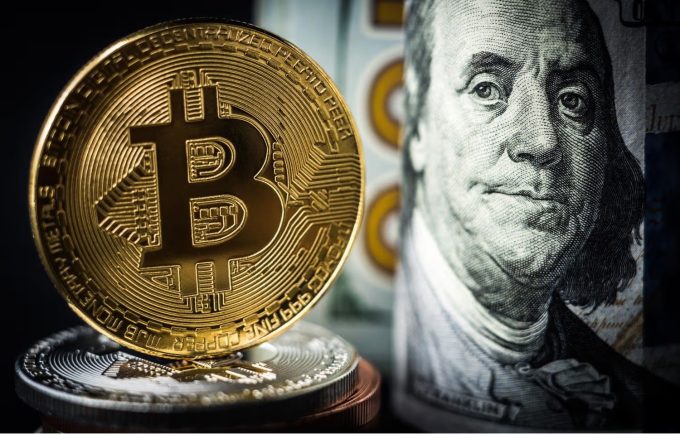
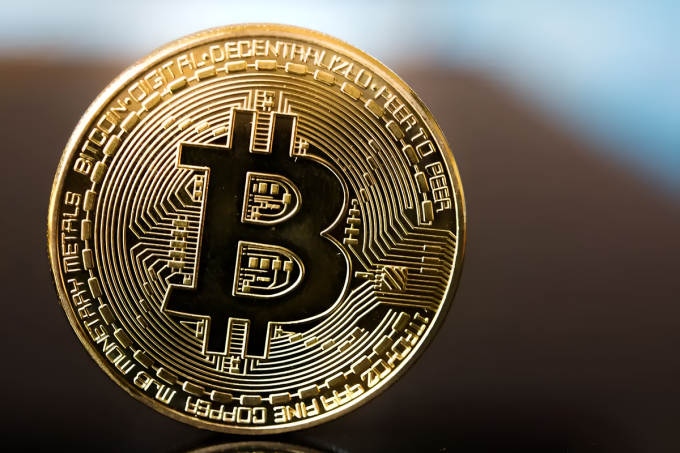
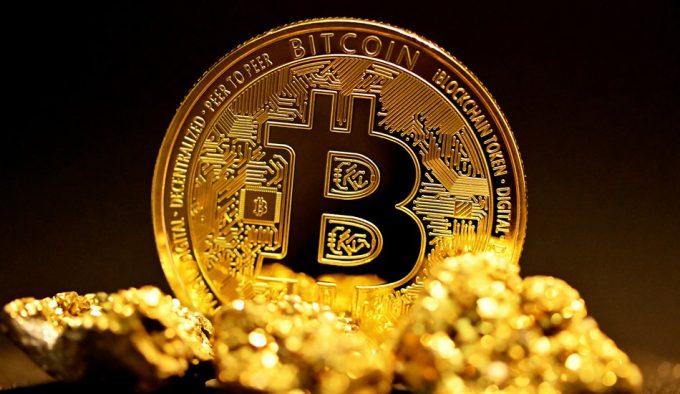
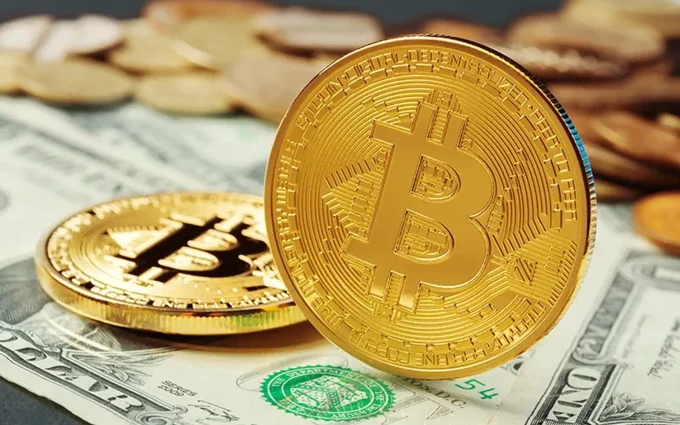
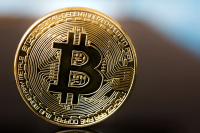

https://shorturl.fm/PifK2
https://shorturl.fm/di6DW
https://shorturl.fm/Edam3